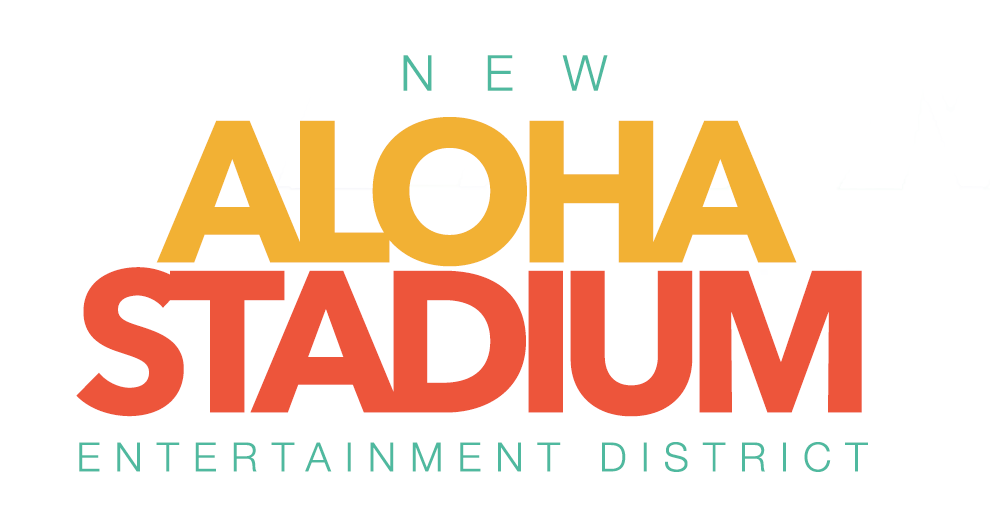Honolulu Star-Advertiser
Sports
By Dave Reardon
June 20, 2021
Updated 1:12 a.m.
We’ve been goin’ off the rails on a crazy train for how long now, 20 years?
Yeah, back to when Ozzy Osbourne wasn’t just Sharon’s whacky husband who in the past had bitten off more than he could chew — as our city and county did with the Honolulu Rail Transit System fiasco.
For me, the ongoing horror show was put into perfect focus about five years ago, via a blissfully unconcerned young motorist responding to a TV reporter’s request for an opinion. “Rail will be great,” she said. “I’ll have no traffic to deal with on the freeway since everyone else will be riding the train.”
Isn’t that wonderful?
Extending the lack of logic, you should be able to drive to the new Aloha Stadium on gameday without traffic, since everyone else will take the handy-dandy new public transportation, which has a stop right in front of the stadium. This will start, oh, I don’t know, maybe in 2043, when Chevan Cordeiro’s yet-unborn son is the Rainbow Warriors’ quarterback.
OK, I exaggerate … but good luck trying to get anyone on the record these days about when the new Aloha Stadium will be ready for games.
Whether it’s fair or not, the rail money pit serves as a low-hanging precedent to suggest fighting other big public projects, like the stadium. To that end, there is concern the governor could veto HB 1348 (Monday is the deadline for him to submit an intent-to-veto list of bills).
This proposed law calls for a public-private partnership to build the New Aloha Stadium Entertainment District. The planned new stadium won’t be just a stadium; there will be restaurants and other fun, revenue-producing businesses.
It basically means less cost for taxpayers upfront, but less state revenue later so the private investors can make money. In addition to the initial cost savings, proponents cite motivation for private investors to provide good maintenance — which was an ongoing problem at the old stadium. Opponents say the state makes less money than it could otherwise.
A veto could cause more delays in new stadium construction — meaning UH’s stopgap solution of playing its home football games on campus at T.C. Ching Field could go on longer than two or three seasons.
There are those who dream of the Rainbow Warriors playing on-campus forever. That might be nice for dorm students, and more convenient than playing at a stadium 10 miles away. The but is a big one though; Ching Field is being pumped up so that 9,000 spectators can fit this fall, and 15,000 in 2022.
The NCAA has a rule that Division I football teams must average 15,000 fans per game over the course of several seasons; waivers have been granted in various situations, and one is likely here.
But indefinitely? Technically, just one no-show could mean no mo’ Warriors football. And what of the Mountain West Conference? How long will it be willing to wait for UH to move to a 35,000-seat new Aloha Stadium that doesn’t exist yet? Let’s not forget this is the same conference that extorted travel expenses for Hawaii to become a member. Also, these are many of the same schools that abandoned UH and the rest of the Western Athletic Conference after an infamous secret meeting in 1998.
Whatever happens, it’s not a good look, whether it be turning away longtime season-ticket holders and rationing ducats like water on a sinking lifeboat, or if it gets to the point where there’s even one empty seat at a glorified high school stadium.
UH sports are already on a shoestring budget (as are the Manoa campus and the state’s entire university system).
The bill also gives the Stadium Authority, well, more authority. As a primary tenant, UH has often felt like it’s been shortchanged and underrepresented by Aloha Stadium.
“Of course we support Aloha Stadium,” UH spokesman Dan Meisenzahl said. “It’s been our home since 1975, and we look forward to returning. We hope that, as the letter indicates, the relationship can evolve so it fits everyone’s needs.”
“The letter” is a memo dated Jan. 7 from UH officials to stadium counterparts requesting participation in planning and compensation from the new stadium “based on what almost every other Division I FBS football team realizes from home games, only some of which UH was receiving when we played at Aloha Stadium,” according to the memo.
Neither the Stadium Authority (chaired by former UH football player Ross Yamasaki) nor the UH athletic administration is to blame for the state of affairs that has put the future of UH sports — and other entertainment events, such as major concerts — in jeopardy.
Elected officials and government functionaries have played political football with Old Rusty seemingly forever. This stadium thing’s been kicked down the road more often than Jason Elam field goals through its goalposts.
It used to be just typical lack of political courage, with state government treating the need for a new stadium like a toothache, always finding a reason to postpone that expensive trip to the dentist.
Because of this partnership, though, it’s not as bad as it could be — assuming you’re not anti-development and you don’t view it through that cynical loan-sharking lens.
And UH needs it. Without major reconstruction affecting all of lower campus, a long-term, NCAA-acceptable on-campus stadium is a pipe dream.
Still, regardless of its lack of leverage, UH does deserve better treatment from the legislature (maybe restoration of that $3 million a year?), and a fair piece of the pie from whatever entity ends up running the new Aloha Stadium.
READ FULL ARTICLE HERE.

